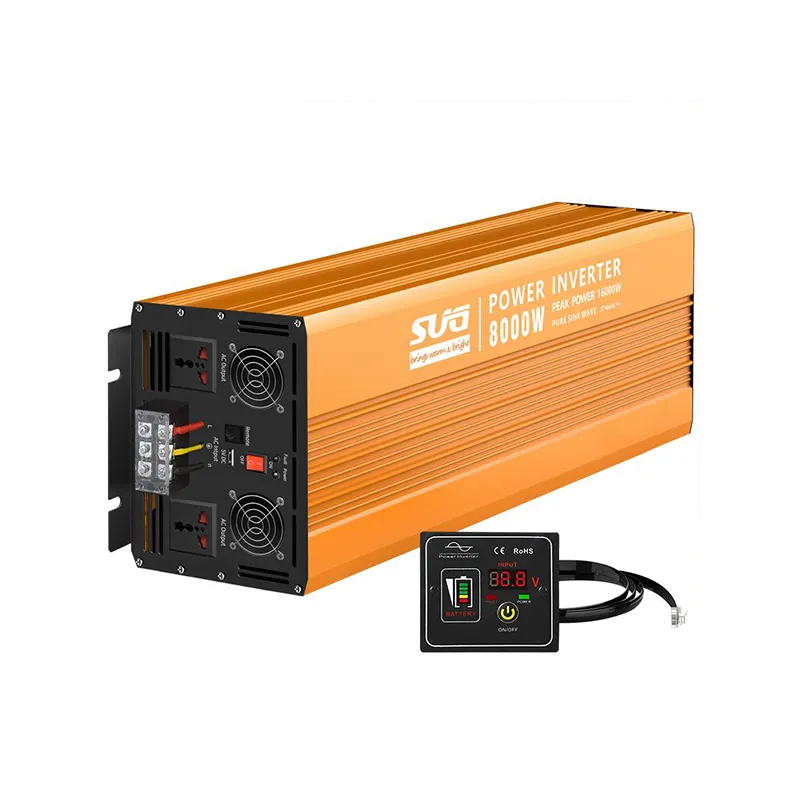solar panel size
Understanding Solar Panel Size What You Need to Know
In recent years, the push for clean and renewable energy has led to a significant rise in the installation of solar panels. Many homeowners and businesses are now considering solar energy as a viable option to reduce their carbon footprint and energy bills. One of the crucial factors to consider when installing solar panels is their size. This article will delve into the importance of solar panel size, factors that influence the size needed, and how to determine the right size for your energy needs.
What Does Solar Panel Size Mean?
Solar panel size refers to the physical dimensions and power output of the solar panels being considered for installation. Typically, solar panels are available in standard sizes, with the most common dimensions being approximately 65 inches by 39 inches (or about 1.7 meters by 1 meter). The size of a solar panel also impacts its efficiency, which is measured in watts. Most residential solar panels produce between 250 to 400 watts of power per panel, depending on their quality and technology.
Why is Solar Panel Size Important?
Understanding solar panel size is essential because it directly influences the amount of electricity generated. The larger the panel, the more surface area it has to capture sunlight and convert it into energy. For homeowners, this can translate into lowered energy bills and a reduced reliance on the grid. Additionally, the size of the panels can determine how many are needed for a complete installation, which will affect the overall cost and space requirements on their property.
Factors Influencing Solar Panel Size
1. Energy Needs The first step in determining the right solar panel size is assessing your energy needs. This can be done by examining your electricity bills from the past year. Calculate your monthly energy consumption in kilowatt-hours (kWh) to understand how much solar power you need to generate.
2. Available Roof Space The size and configuration of your roof will significantly influence how many solar panels you can install. A small roof may limit the number of panels, while a larger roof can accommodate more, potentially increasing your energy generation.
3. Panel Efficiency Different types of solar panels have varying efficiency ratings. High-efficiency panels convert more sunlight into electricity, allowing for a smaller physical footprint while still meeting energy needs. If space is a constraint, investing in higher-efficiency panels may be worthwhile.
solar panel size

4. Local Climate The geographic location and climate play essential roles in solar energy production. In regions with high sunlight exposure, fewer panels may be needed to meet energy needs compared to areas with less sunlight.
5. Regulations and Incentives Local regulations and available incentives can also affect the number and size of solar panels you choose. Some areas may have restrictions on the size of solar systems or provide financial incentives to install more panels.
Calculating the Right Size
Once you have identified your energy needs and the constraints of your installation area, you can calculate the number of solar panels required. The formula to determine the number of panels needed is as follows
\[ \text{Number of Panels} = \frac{\text{Monthly Energy Consumption (kWh)}}{\text{Panel Wattage (kW)} \times \text{Average Sunlight Hours per Day} \times 30} \]
For example, if your monthly energy consumption is 900 kWh and you are considering panels that output 300 watts (0.3 kW), with an average of 5 sunlight hours per day, the calculation would be
\[ \text{Number of Panels} = \frac{900}{0.3 \times 5 \times 30} = 20 \]
Thus, to meet your energy needs, you would require approximately 20 solar panels of that wattage.
Conclusion
Solar panel size is a critical factor in your energy transition journey. Understanding the various elements that influence the size and the practical steps to calculate your needs will help you make an informed decision. By considering your energy consumption, available space, panel efficiency, and local conditions, you can optimize your solar system for maximum efficiency and savings. As renewable energy continues to gain momentum, making an informed choice about solar panel size will help you contribute to a more sustainable future.
-
Unlocking Energy Freedom with the Off Grid Solar InverterNewsJun.06,2025
-
Unlock More Solar Power with a High-Efficiency Bifacial Solar PanelNewsJun.06,2025
-
Power Your Future with High-Efficiency Monocrystalline Solar PanelsNewsJun.06,2025
-
Next-Gen Solar Power Starts with Micro Solar InvertersNewsJun.06,2025
-
Harnessing Peak Efficiency with the On Grid Solar InverterNewsJun.06,2025
-
Discover Unmatched Efficiency with the Latest String Solar InverterNewsJun.06,2025







